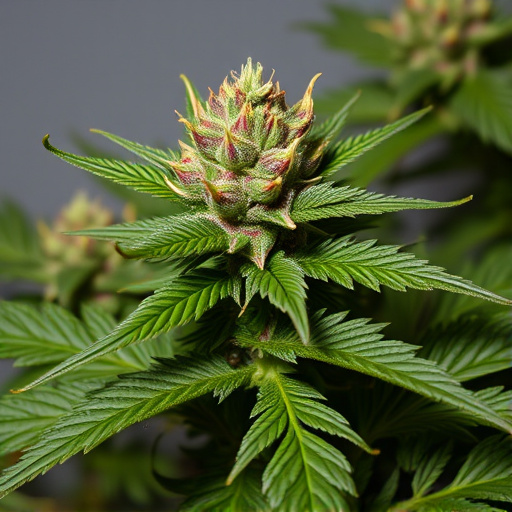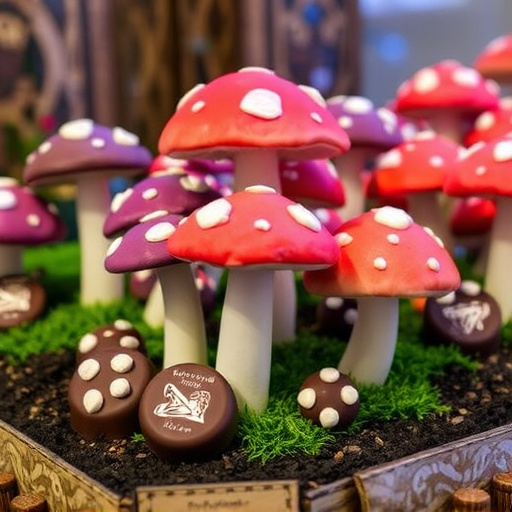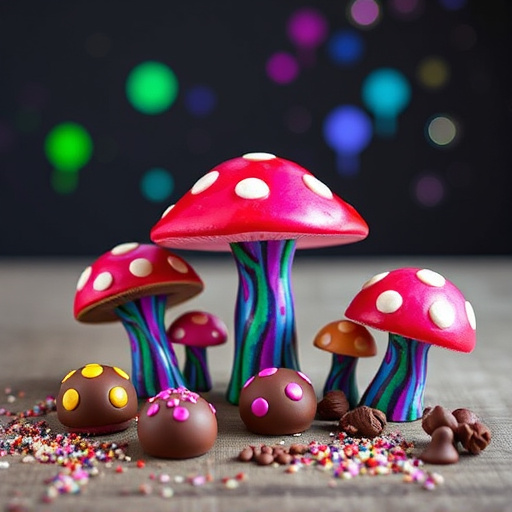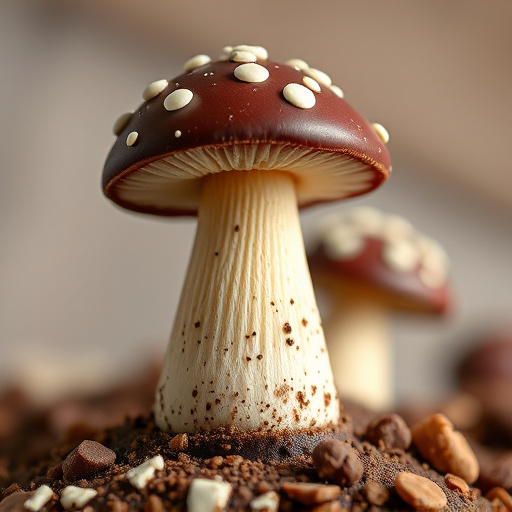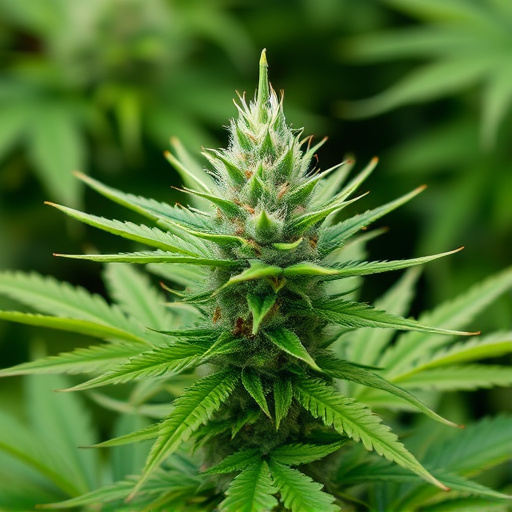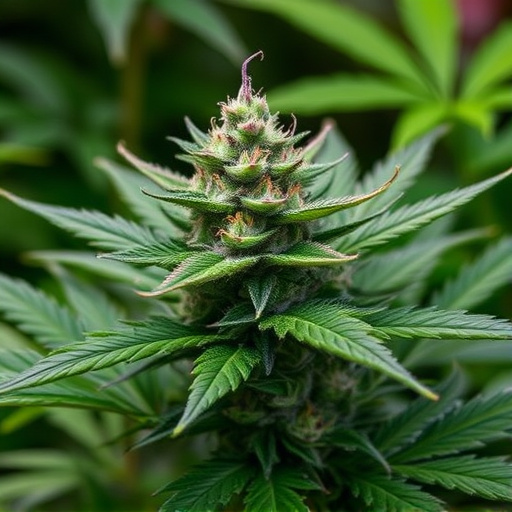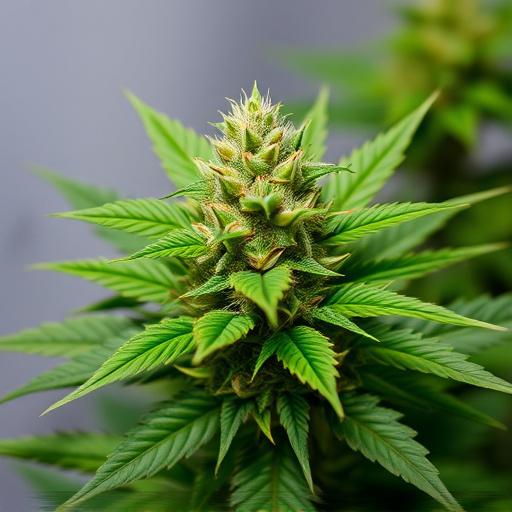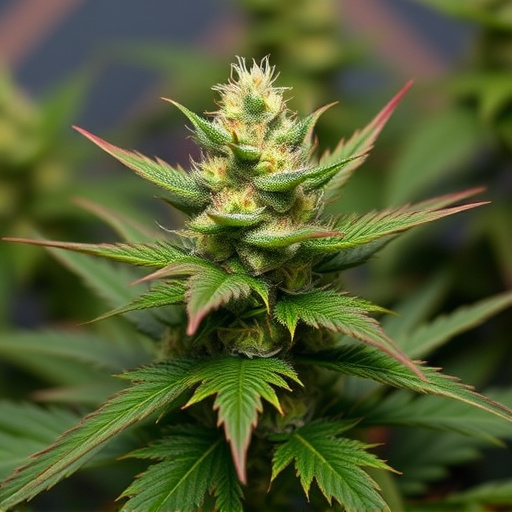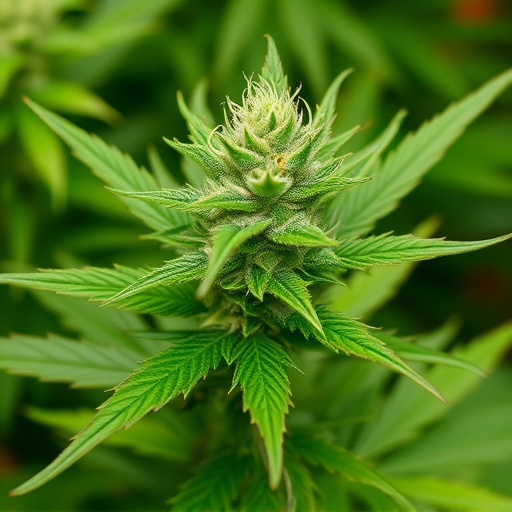The distinct "skunk" odor of cannabis results from its terpene profile, with myrcene, limonene, and pinene being key players that create diverse aromas ranging from earthy and musky to citrusy and pine-like. Popular best-selling cannabis strains like 'Blue Dream' and 'Super Skunk' owe their robust skunk scents to higher concentrations of these terpenes, which also suggest potential enhanced THC effects. Consumers appreciate the unique terpene profiles, seeking specific scents for both olfactory enjoyment and perceived therapeutic benefits.
“Ever wondered why some cannabis strains carry a stronger skunk-like aroma than others? This intriguing aspect of cannabis goes beyond personal preference. In this article, we unravel the complex interplay of chemical composition, cultivation practices, and genetic diversity that shapes these distinct scents. From the powerful terpenes responsible for the characteristic skunk notes to the art of selective breeding, discover the factors behind some of the best-selling cannabis strains known for their potent terpene profiles. Explore how these elements contribute to the diverse and aromatic world of cannabis.”
- Chemical Composition and Terpene Profile
- – Exploring the role of terpenes in cannabis aroma
- – How specific terpenes contribute to skunk-like scents
Chemical Composition and Terpene Profile
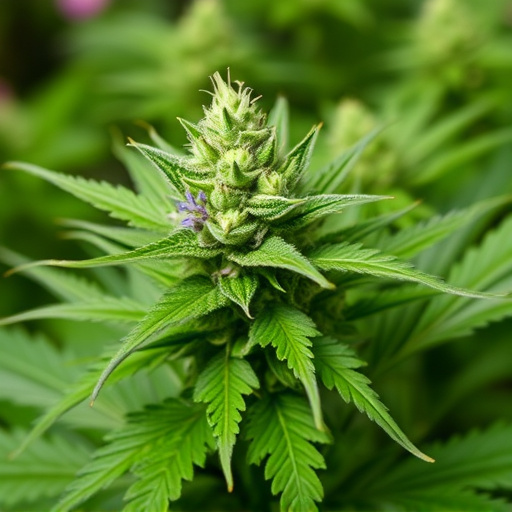
The unique smell of skunk, often associated with cannabis, is a result of its chemical composition and terpene profile. Cannabis plants produce over 100 different terpenes, which are aromatic compounds responsible for the distinct odors we perceive in various plants and essential oils. These terpenes not only contribute to the pleasant or pungent aroma of cannabis but also offer potential therapeutic benefits. Some best-selling cannabis strains known for their skunkier notes have a higher concentration of myrcene, a common terpene that imparts earthy, musky, or fruity-skunk scents. Myrcene is believed to enhance the effects of THC, making these strains popular among users seeking potent experiences.
Additionally, other terpenes like limonene and pinene can interact with myrcene to create complex aromas. Limonene offers a citrusy scent while pinene has a pine-like fragrance. The interplay between these chemicals contributes to the diverse range of scents across different cannabis strains. When looking at popular best-selling options, cultivators often emphasize the unique terpene profiles as a selling point, knowing that consumers appreciate the art and science behind the distinct smells, from floral to fruity and yes, even skunkier notes.
– Exploring the role of terpenes in cannabis aroma

The unique and often distinctive scent of cannabis is largely attributed to a diverse group of organic compounds known as terpenes. These aromatic molecules play a pivotal role in shaping the olfactory experience associated with different strains. Among the vast array of terpenes, myrcene, limonene, and pinene are particularly noteworthy for their influence on aroma. Myrcene, often described as earthy and musky, is prevalent in many popular cannabis varieties, including some of the best-selling strains known for their robust and skunky profiles. Limonene, with its bright citrus notes, adds a refreshing twist to certain blends, while pinene imparts a crisp, piney scent that’s recognizable in several modern hybrids.
The interplay between terpenes and cannabinoids like THC and CBD contributes to the diverse olfactory landscape of cannabis. As consumers seek out specific aromas, understanding the terpene makeup of popular strains can guide their choices. This knowledge is especially valuable for those looking to experience particular scents, as certain terpenes are more prevalent in best-selling cannabis strains, ensuring a familiar and desirable aroma.
– How specific terpenes contribute to skunk-like scents

Cannabis plants produce a diverse range of terpenes, which are aromatic compounds that give different strains their unique scents and flavors. Some terpenes, such as myrcene, limonene, and pinene, are known to contribute significantly to the skunk-like aromas associated with certain cannabis varieties. Myrcene, for instance, is often linked to earthy and musky notes, while limonene provides a bright, citrusy twist. These terpenes can be more prevalent in specific strains, giving them their distinct skunky characteristics.
Best-selling cannabis strains like ‘Blue Dream’ and ‘Super Skunk’ have gained popularity precisely because of their robust skunk scents. These aromas are not just about appealing to users’ senses but also indicate the presence of potent cannabinoids like THC. Terpene profiles play a crucial role in shaping the overall user experience, with many consumers seeking out skunkier strains for their intense, recognizable fragrances and potential therapeutic effects.
The distinct skunk-like aroma associated with certain cannabis strains is a result of their unique terpene profile. Terpenes, natural compounds found in cannabis, play a pivotal role in shaping the overall scent and flavor of different strains. While many popular best-selling cannabis strains embrace this skunkier characteristic, understanding the chemical composition allows consumers to appreciate and choose varieties that align with their preferences. By delving into the world of terpenes, enthusiasts can navigate the diverse cannabis landscape, uncovering a range of aromas from subtle floral notes to robust skunkiness.
